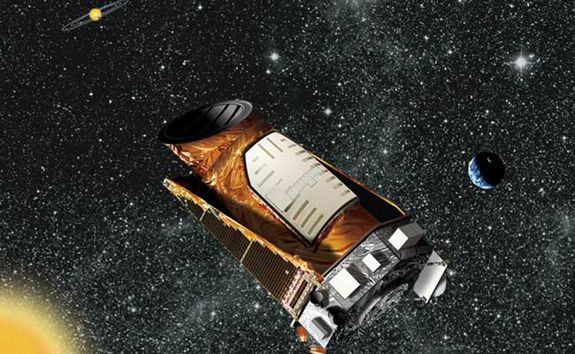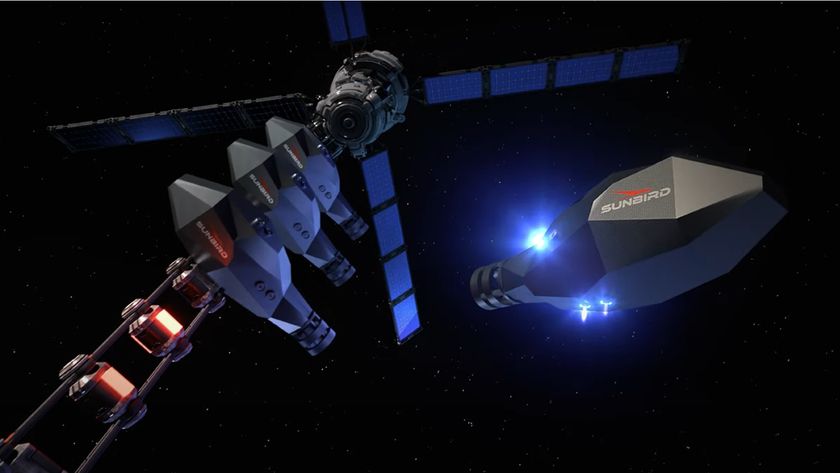
NASA's Kepler space telescope may be hobbled, but scientists continue to pull new discoveries from its huge dataset.
The space agency will announce more findings by Kepler — whose original planet-hunting mission was halted by a glitch in May 2013 — during a press conference on Wednesday (Feb. 26). You can listen to the event, which begins at 1 p.m. EST (1800 GMT), live here on Space.com, courtesy of NASA.
The following people will participate in the press conference:
— Douglas Hudgins, exoplanet exploration program scientist, NASA's Astrophysics Division in Washington
— Jack Lissauer, planetary scientist, NASA's Ames Research Center, Moffett Field, Calif.
— Jason Rowe, research scientist, SETI (Search for Extraterrestrial Intelligence) Institute, Mountain View, Calif.
— Sara Seager, professor of planetary science and physics, Massachusetts Institute of Technology, Cambridge, Mass.
Sign up for the Live Science daily newsletter now
Get the world’s most fascinating discoveries delivered straight to your inbox.
The $600 million Kepler mission launched in March 2009 to determine how commonly Earth-like planets occur around the Milky Way galaxy. Kepler has been incredibly prolific and successful, detecting 3,600 potential exoplanets to date, 246 of which have been confirmed by follow-up observations. (Mission scientists expect that at least 90 percent of Kepler's candidates will turn out to be the real deal.)
Kepler's original mission ended in May 2013 when the second of its four orientation-maintaining reaction wheels failed, robbing the instrument of its ultraprecise pointing ability. However, Kepler team members have said that the data the observatory gathered in its first four years of operation should allow them to achieve the mission's major goals.
Further, researchers have proposed a new mission for Kepler called K2, which would allow the observatory to continue hunting for alien planets (albeit in a modified fashion), as well as other celestial objects and phenomena such as comets, asteroids and supernova explosions.
NASA is expected to make a final decision about the K2 mission proposal, and Kepler's ultimate fate, by this summer.
Follow Mike Wall on Twitter @michaeldwall and Google+. Follow us @Spacedotcom, Facebook or Google+. Originally published on Space.com.













